Ad
Articles
Apple vs. Samsung: The Epic Clash of Tech Titans
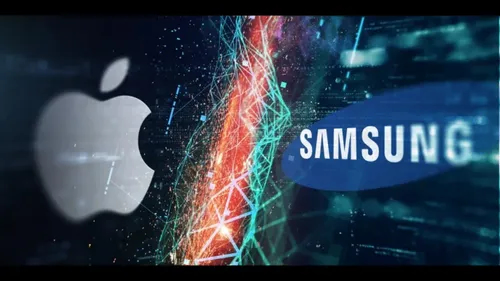
The rivalry between Apple and Samsung is one of the most prominent and contentious in the tech industry. Both companies have made significant contributions to technology, each influencing the mobile market in profound ways. Their competition has not only revolved around innovation and market share but also involved a series of lawsuits spanning multiple countries. This article explores the history of both companies, their respective innovations, and the legal battles that have shaped their rivalry.
A Brief History of Apple
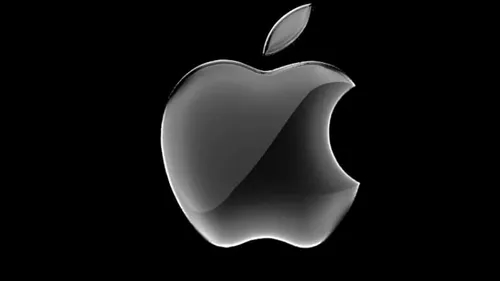
Founded in 1976 by Steve Jobs, Steve Wozniak, and Ronald Wayne, Apple began as a small computer manufacturer. The introduction of the Apple I and Apple II revolutionized personal computing, establishing the company as a pioneer in the industry. However, it wasn’t until the release of the Macintosh in 1984 that Apple truly made its mark with a user-friendly interface and groundbreaking graphics.
In the late 1990s, Apple faced declining sales and market share. The return of Steve Jobs in 1997 marked a turning point, leading to the introduction of the iMac and the eventual launch of the iPod in 2001. The iPhone's release in 2007 transformed the smartphone industry, establishing Apple as a leader in mobile technology. The iPad followed in 2010, further solidifying Apple's dominance in consumer electronics.
Today, Apple is known for its innovative products, premium pricing, and loyal customer base. The company's ecosystem, which includes iOS, macOS, iCloud, and services like Apple Music and Apple TV+, has created a seamless user experience that keeps customers returning.
| Year | Event | Significance |
|---|---|---|
| 1976 | Founded by Steve Jobs, Steve Wozniak, and Ronald Wayne | Established as a small computer manufacturer. |
| 1976-1977 | Introduction of Apple I and Apple II | Revolutionized personal computing; established Apple as a pioneer. |
| 1984 | Release of the Macintosh | Featured a user-friendly interface and groundbreaking graphics. |
| Late 1990s | Facing declining sales and market share | Apple struggled and needed a revitalization strategy. |
| 1997 | Return of Steve Jobs | marked a turning point for the company. |
| 1998 | Launch of the iMac | Helped rejuvenate the brand and improve sales. |
| 2001 | Launch of the iPod | Transformed the music industry and established Apple’s presence in portable media. |
| 2007 | Release of the iPhone | Revolutionized the smartphone industry; and established Apple as a mobile technology leader. |
| 2010 | Introduction of the iPad | Solidified Apple's dominance in consumer electronics. |
| Present | Development of an ecosystem (iOS, macOS, iCloud, etc.) | Created a seamless user experience, fostering customer loyalty. |
A Brief History of Samsung
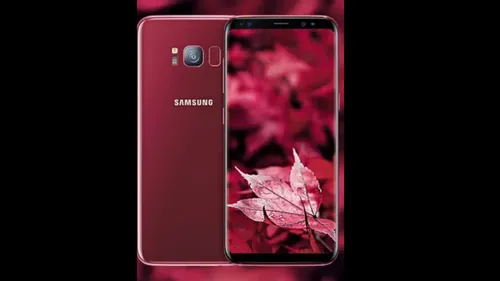
Samsung, a South Korean conglomerate founded in 1938 by Lee Byung-chul, began as a trading company. It diversified into various sectors, including textiles, insurance, and food processing. The company's entry into electronics in the late 1960s laid the foundation for its future as a global tech leader.
In the 1980s and 1990s, Samsung focused on developing its semiconductor and telecommunications divisions. The launch of the Galaxy smartphone series in 2010 marked Samsung's significant entry into the mobile market. The Galaxy S series quickly became popular, competing directly with Apple's iPhone.
Samsung's strength lies in its diverse product range, from home appliances to advanced semiconductors. Today, it is the largest smartphone manufacturer in the world, known for its innovation and variety of offerings, catering to different market segments.
| Year | Event | Significance |
|---|---|---|
| 1938 | Founded by Lee Byung-Chul | Started as a trading company. |
| 1960s | Entry into electronics | Laid the foundation for future growth in technology. |
| 1980s-1990s | Focus on semiconductor and telecommunications divisions | Established a strong presence in key tech sectors. |
| 2010 | Launch of the Galaxy smartphone series | Marked significant entry into the mobile market. |
| 2010s | The Galaxy S series becomes popular | Competed directly with Apple's iPhone, gaining market share. |
| Present | Largest smartphone manufacturer globally | Known for innovation and a wide range of products catering to various market segments. |
The Legal Battles Begin

The intense rivalry between Apple and Samsung escalated into legal battles starting in 2011. Apple accused Samsung of copying its design and technology, alleging that the Galaxy series infringed on several of its patents. This marked the beginning of a lengthy series of lawsuits that would span multiple countries and courts.
Key Lawsuits in the United States
Apple v. Samsung (2011): Apple filed a lawsuit in the U.S. District Court for the Northern District of California, claiming that Samsung's smartphones and tablets infringed on its design and utility patents. The jury awarded Apple $1.05 billion in damages in 2012, finding that Samsung had copied Apple's products.
Retrial and Appeals (2013-2016): Samsung appealed the decision, and a retrial was held in 2013, resulting in a reduced damage award of $930 million. The legal back-and-forth continued, with both companies filing appeals and counterclaims, ultimately leading to a Supreme Court ruling in 2016 addressing damages. The Court ruled that damages could be based on the specific components of a product rather than its entire value, which significantly impacted future patent litigation.
Lawsuits in Other Countries
Germany (2011): Apple secured a preliminary injunction against Samsung, prohibiting the sale of the Galaxy Tab 10.1 in Germany. The court found that Samsung's tablet design was too similar to Apple's iPad. However, this ruling was overturned on appeal, allowing Samsung to continue selling its tablet in Europe.
South Korea (2012): In a landmark case, both companies were found guilty of infringing each other's patents. The Seoul Central District Court ruled that Apple infringed on Samsung's wireless technology patents while Samsung infringed on Apple's design patents. This case highlighted the complexities of patent laws and the challenges in proving infringement.
Australia (2011-2012): The Australian courts also became a battleground for the two companies. Apple sought to block the sale of the Galaxy Tab, but Samsung successfully defended its case. The two companies eventually settled in 2012, allowing both to continue selling their devices in the region.
United Kingdom (2012): In another significant ruling, the UK courts ruled that Samsung did not infringe on Apple’s design patents for the iPad. The judge famously noted that Samsung's tablets were "not as cool" as Apple's, emphasizing the importance of consumer perception in design patent cases.
Impact of the Legal Battles
The series of lawsuits between Apple and Samsung has had a lasting impact on the tech industry. These legal disputes have led to increased awareness of patent laws and the importance of design in consumer electronics. They have also encouraged companies to invest heavily in research and development to protect their innovations.
Moreover, the legal battles have forced both companies to adapt their strategies. Apple has focused on enhancing its design aesthetics and user experience, while Samsung has diversified its product lineup to capture various market segments. Both companies continue to innovate, driving competition in the smartphone market.
Recent Developments
As of 2024, the legal landscape between Apple and Samsung has somewhat stabilized. Although both companies continue to protect their intellectual property vigorously, recent years have seen a shift towards collaboration in certain areas. For instance, Samsung supplies components for Apple's devices, including OLED displays for the iPhone.
The ongoing rivalry remains intense, with both companies launching flagship devices that compete directly against each other. Apple continues to emphasize its ecosystem and services, while Samsung focuses on innovation and versatility.
Conclusion
The rivalry between Apple and Samsung is a complex saga of innovation, competition, and legal disputes. Both companies have played pivotal roles in shaping the technology landscape, pushing each other to innovate and improve. The legal battles have not only highlighted the importance of intellectual property but also provided valuable lessons for other tech companies navigating similar challenges. As both Apple and Samsung continue to evolve, their competition is likely to shape the future of technology, ensuring that consumers benefit from cutting-edge innovations and improved products. The legacy of their rivalry serves as a testament to the dynamic nature of the tech industry and the relentless pursuit of excellence by two of its most influential players.
Also Read: From Garage to Greatness: The Story of Apple Inc.
Follow Us:
Ad
Recent News
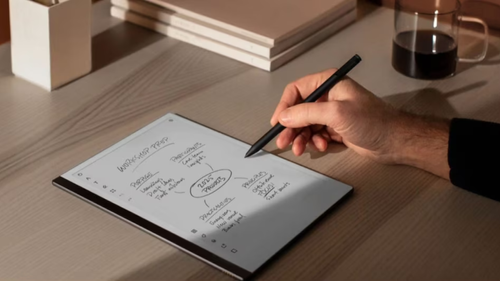
TCL Note A1 Nxtpaper Launched Globally: Check this out!
31-Dec-2025 09:11 AM

Poco M8 5G Confirmed to Launch in India on January 8: Check out the price and specification
30-Dec-2025 12:18 PM

Samsung Galaxy S26 Series Could Debut Advanced Satellite Calling With New Exynos 5410 Modem
30-Dec-2025 06:57 AM

Realme Narzo 90x 5G Goes on Sale in India Today
23-Dec-2025 06:59 AM
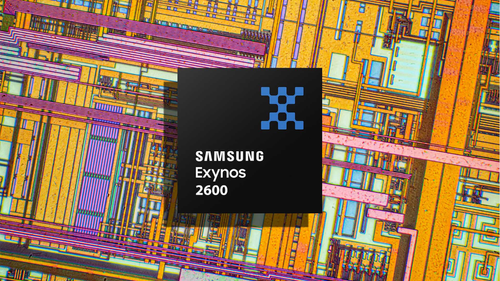
Samsung Unveils Exynos 2600, the World's First 2 nm Chipset
19-Dec-2025 06:30 AM
Reviews & Guides
View All
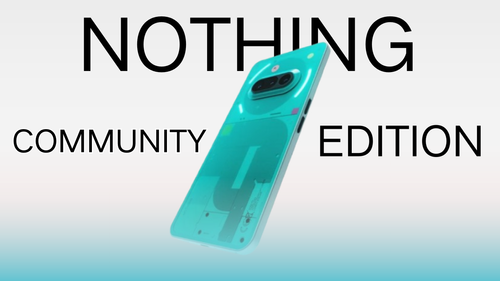
Nothing Phone 3a Community Edition First Impressions: A Fresh Take on Budget Smartphones
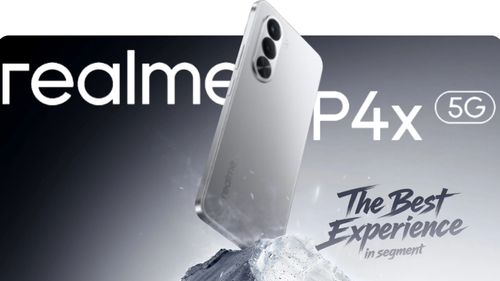
Realme P4x 5G Review: Budget-Friendly Beast with Epic Battery Life
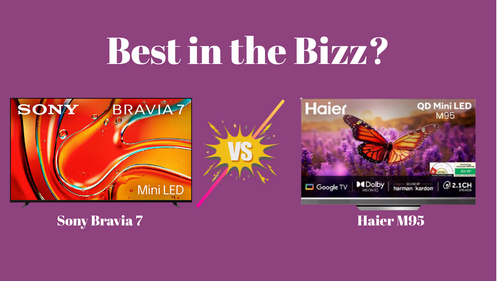
Sony BRAVIA 7 Mini LED K-65XR70 vs. Haier Mini LED H65M95EUX
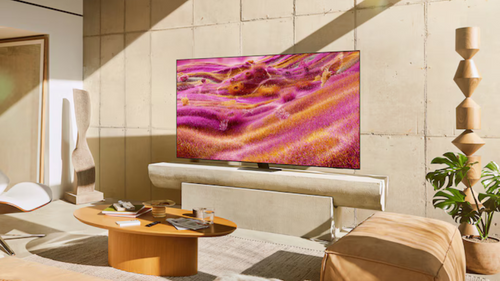
Samsung QN90F (65QN90FAU) Review: The King of Bright-Room Viewing

Best GoPro Cameras in India

Refrigerator Buying Guide: Things to Check Before Buying
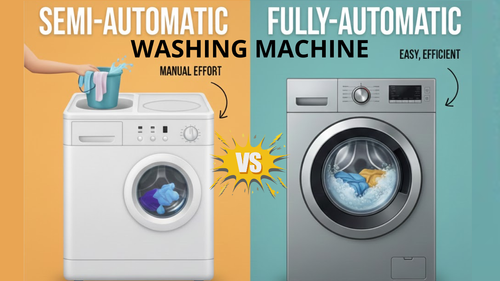
Washing Machine Fully Automatic vs Semi Automatic

Best Budget Air Purifiers Under ₹10,000
Ad
Latest Mobiles In India
Ad
Ad












